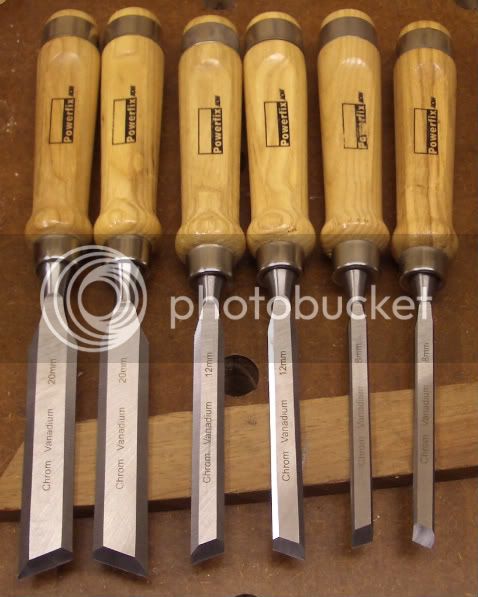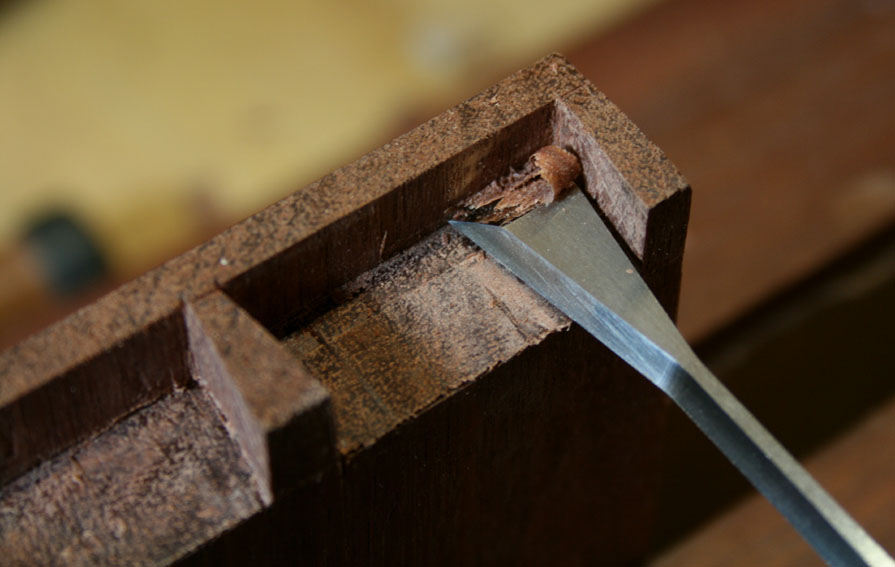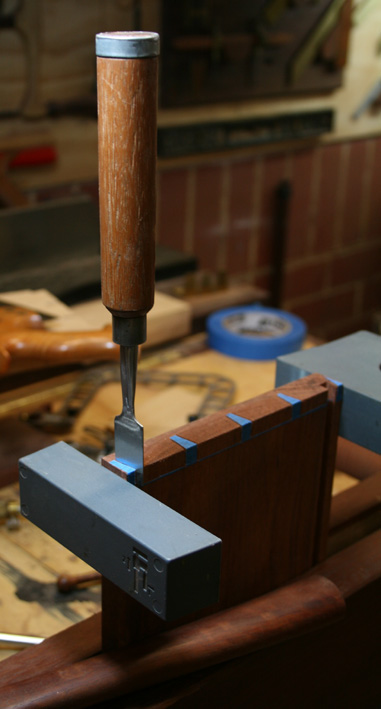Hi Jacob
Personally, I see no issue with the way anyone wants to cut dovetails. I agree with you and I agree with BB - see, I am flexible! :lol:
If one wants to replicate the dovetails that were used by those in past centuries, then do so. I suspect that you will find that they varied, however. I'm not a historian, so am open to correction (hey, I'm always being corrected!).
I do view the "modern dovetail" to be just that, but it has become one feature by which standards are judged - just as much as you consider that they are not where standards should be judged. It's just the present day focus. By present day I do not mean the last 10 - 20 years. I think you will find examples of finely cut dovetails going back at least 100 years, so the "modern" emphasis is not that recent. Perhaps the focus on them is more modern - Alan Peters was shaping his dovetails with care in the 60s, and he apprenticed to Edward Barnsley.
The slim "London" style dovetails (where on Earth did that name come from - is there a more appropriate name?) that were a feature of Alan Peter's drawers are just one example of the focus placed on dovetails as a design element. Another is the influence of Jim Krenov. He combined the structural (placement and spacing) with the aesthetic (make it interesting).
My theory is that one draws attention to workmanship either through attention to details such as mouldings and other intricate carvings such as ball-and-claw feet, which were more prominent 100 years ago, or we find some other focus. The current zeitgeist appears to have been influenced by the Shakers, Danish and other contemporary stylings which seem to be dominated by their silhouette instead.
Regards from Perth
Derek









